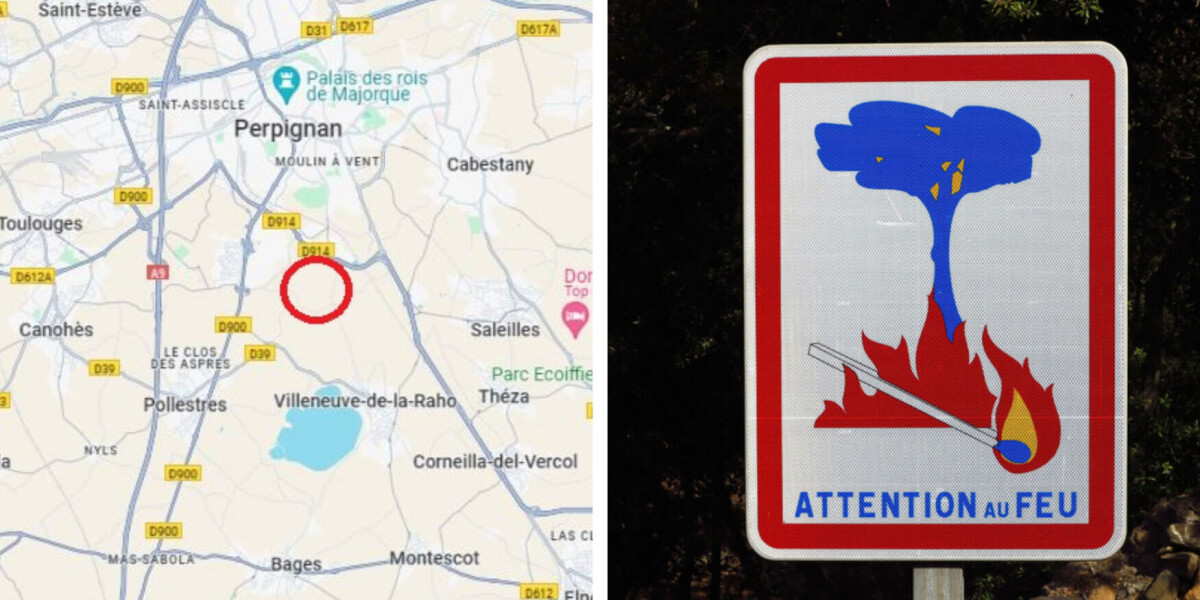
Wildfire strikes in south of france: residents warned to clear land
- Select a language for the TTS:
- UK English Female
- UK English Male
- US English Female
- US English Male
- Australian Female
- Australian Male
- Language selected: (auto detect) - EN
Play all audios:

80 FIREFIGHTERS DEPLOYED TO STOP BLAZE SPREADING DUE TO STRONG WIND A wildfire broke out yesterday (April 16) in the south of France requiring 80 firefighters and several fire trucks to
prevent it from spreading due to the strong north-westerly wind. The fire started between Perpignan and Villeneuve-de-la-Raho in the Pyrénées-Orientales just before 17:00. One year ago to
the day, on April 16, 2023, similar conditions helped to spread a devastating wildfire near the Spanish border at Cerbère Pyrénées-Orientales, which destroyed 1,000 hectares of land and
required the mobilisation of 500 firefighters. While the wildfire this year was mastered within several hours, the dangerous conditions that help fires to spread will remain until at least
Thursday: the north-westerly wind and dry land - indeed the department is already affected by drought. The departmental prefecture has warned locals to avoid burning vegetation and to
remember the legal requirement to clear undergrowth around their properties. > #incendie > > Fort risque incendie 🔥 jusqu'à jeudi inclus. Tramontane pouvant > atteindre 100
km/h en rafale. > > Tout brûlage de végétation 🌳 ou activité pouvant entraîner > des risques d'éclosion de feu🔥 sont interdits.❌ > > Soyez prudents et
vigilants#Sapeurs-Pompiers - SDIS 66… > pic.twitter.com/rAaiyrCwwl > — Préfet des Pyrénées-Orientales (@Prefet66) April 16, 2024 The origin of the fire has not yet been determined.
However, thanks to the rapid response to this year’s fire, which saw several roads closed and eight fire trucks along with 80 local firefighters from the SDIS 66 deployed within one hour,
the blaze was under control at 18:30. Nonetheless, at least two hectares of land were still affected on Wednesday morning (April 17). The department was already on high alert due to the
strong north-westerly wind, known as the tramontin, which was blowing at 100km/h and is known to heighten the risk of wildfires, help them spread and make water bombing with planes more
difficult.
